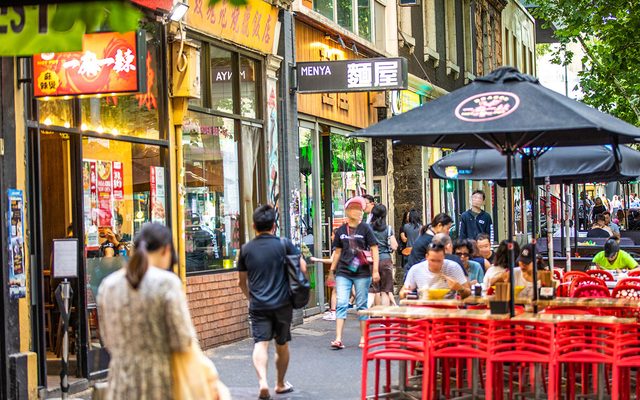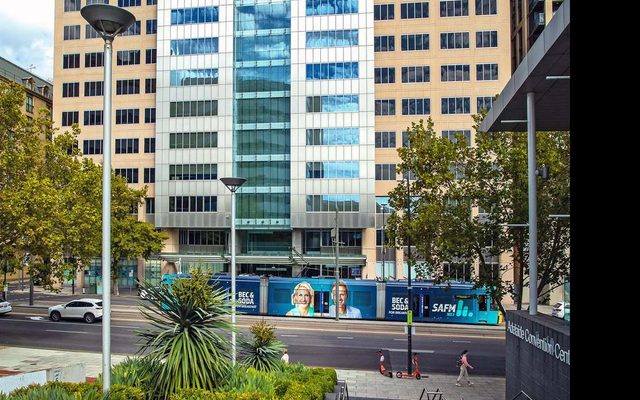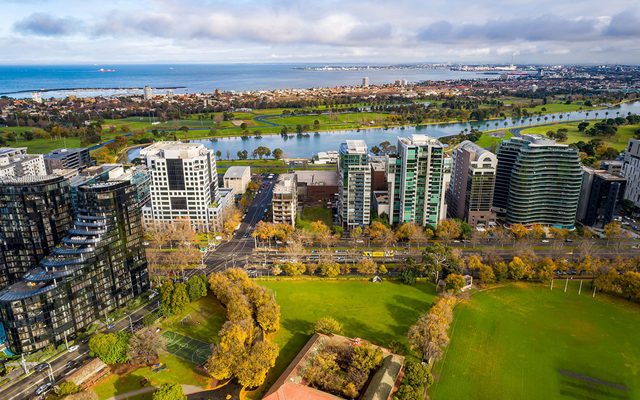This article is from the Australian Property Journal archive
SOME respite for Sydney office tenants may be in store in the coming years, as incentives trend upwards in a market of historically tight vacancies and ongoing rental growth.
Cushman & Wakefield’s latest Marketbeat reported face rents held steady in the September quarter, with prime net face rents were at $1,115 per sqm at 5.5% annual growth.
Prime incentives are now averaging close to 21%, up from 20% at the same time last year.
Premium grade stock has the tightest vacancy rate among all grades at just 2.7%. Property Council data showed vacancy rates overall falling to 3.7% in the first half, the lowest level since January 2007.
Nearly 200,000 sqm of premium grade floorspace has been absorbed over the last three years.
New towers above Sydney Metro stations at Pitt St North, 39 Martin Pl and 55 Hunter St combined with major refurbishments at 33 Alfred St and Grosvenor Pl are set to form the backbone of Sydney’s next supply wave at around 2024.
“Supply is expected to boost competition among landlords and could lead to a softening of prime incentives – potentially to the historic average of 25%,” Cushman & Wakefield head of research, Australia & New Zealand, John Sears said.
Possible projects at 55 Pitt St, Central Barangaroo, Darling Park T4, and 56 Pitt Street could add to the 2024/25 wave.
Moody’s Investors Service this week predicted that the prime effective rental growth of about 9% in Sydney and 17% in Melbourne is likely to slow in FY20.
Historically low vacancy rates in both of the major markets are likely to increase, it said, while re-leasing spreads remain positive, reflecting under-renting, and incentives have decreased, while capitalisation rates are expected to tighten further.
Prime vacancy in Melbourne’s CBD sits at a very tight 2.2%, the lowest lowest since the second half of 2001, while overall vacancy increased marginally from 3.2% to 3.3%. With significant supply imminent, Cushman & Wakefield anticipates vacancy to trend upward over the next two years, however very strong pre-commitment levels are likely to ensure that vacancy will not blow out.
Prime net face rents continued to climb in landlord favourable conditions, growing 5.5% over 12 months to $635 per sqm, while B grade net face rents grew 13% to $535 per sqm. Net incentives in both prime and B grade markets have bottomed out and have since increased slightly, to 27% and 28% respectively.
“Recent conditions have been characterised by strong employment growth, pent up demand, and ultra-tight vacancy – leaving very little expansion flexibility for tenants,” Sears said.
“Available space has typically been snapped up by occupiers from the same building while broader market demand has been industry-driven with the Energy, Government and IT sectors active. The tight conditions have proved favourable for co-workers who have continued to absorb space and benefit from high occupancy rates.”
Meanwhile, Brisbane’s CBD office market continues along the recovery path. Prime gross effective rents increased 4.1% year on year, and the B grade market saw 4.3% growth, although near-term supply additions such as Shayher Group’s 42 level tower at 300 George St may subdue growth.
Vacancies continued to fall, down from a peak in July 2016 of 16.8% to 11.9%. Prime vacancy is tight at 9.6% but will likely increase with the completion of 300 George St. While vacancy in the secondary market is still relatively high at 14.9%, it is the lowest since 2013.
Sears said the Queensland economy experienced relatively strong growth in 2018, buoyed by a recovery in the resource sector.
“The growth has delivered renewed optimism for the outlook of the Brisbane economy and this has begun to flow through to office leasing markets.”
Gross State Product is forecast to average 3.2% annual growth over the five years from 2019 to 2023, higher than both New South Wales and Victoria.




